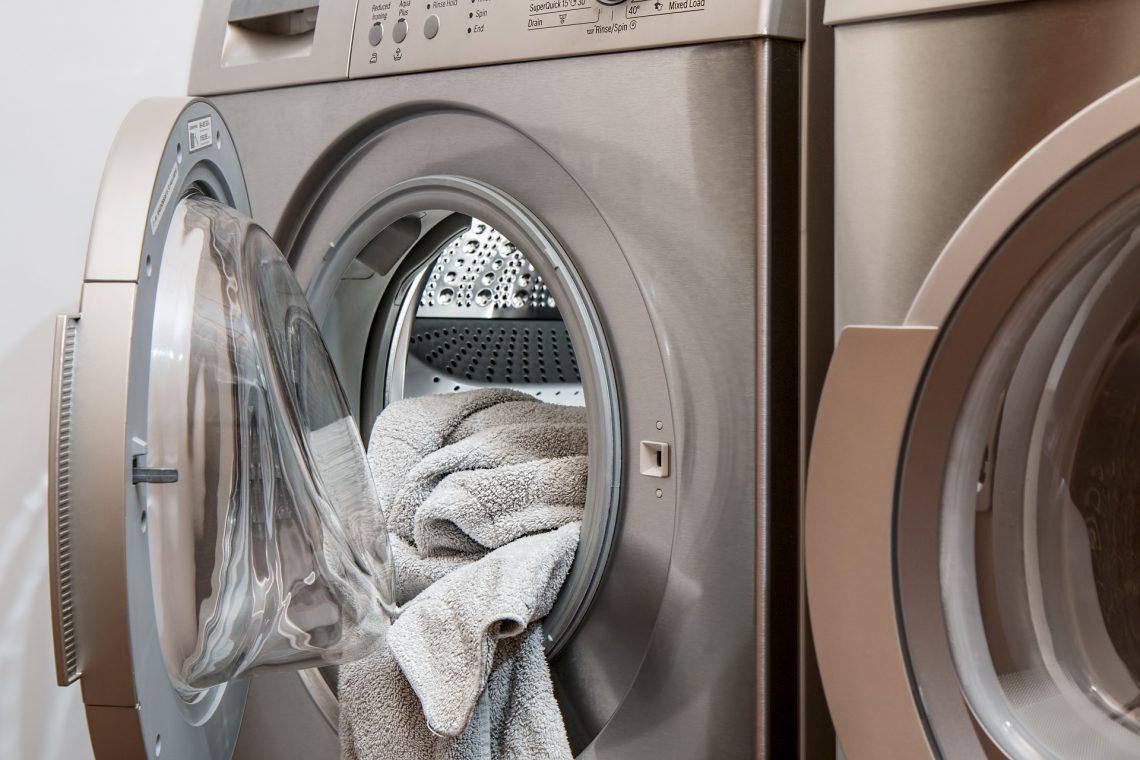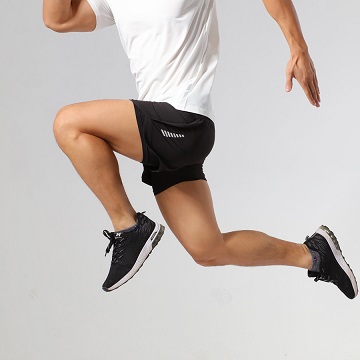4. Be careful with the detergent...
The logic of many consumers suggests that the more product is used, the cleaner the clothes will be. Nothing is further from reality. Using too much detergent makes clothes much dirtier. From Asecom they explain that the excess foam can contain dirt extracted from the clothes and be trapped in areas that are not rinsed properly. Clothing is not the only one affected by the misuse of this product. In addition to creating a bad smell, excessive use of detergent can damage the washing machine's motor. "It is better that it is missing and not that it is over".
So how much detergent should we add? Textile experts are clear: "It is advisable to follow the indications established by the manufacturer, although the perfect amount depends on many factors such as the hardness of the water or the volume of water used, the most modern washing machines use less and less."
Remember that not all types of detergent are the same. The one that comes in powder tends to be cheaper and more effective against stains, but it needs a temperature above 30 degrees for it to mix well with water. For its part, the liquid is usually more expensive, but it dissolves completely even if we opt for a cold water program. This product is also much less abrasive with clothing, so it preserves the colors of the garments better and is more respectful of the environment.
«Liquid detergent is the best option for colored clothes, black laundry and delicate fabrics such as wool or silk; while powdered detergent is more suitable for white washes of garments with less demanding fabrics”, they summarize.
5. ...And with the softener

Something similar to what happens to detergent happens to fabric softener. Not by spending much we will get better results. In fact, by increasing the recommended dose, there are textiles that can lose their properties, such as towels that stop absorbing in the same way.
From the chain of dry cleaners 5àsec, they recommend cleaning the bucket of the washing machine in which the softener goes at least once a month, thus ensuring that the ducts that transport it to the load are not obstructed. Also, remember that distilled white vinegar is an excellent natural softener, especially suitable for towels.
6. Bleach, does it damage clothes?
Bleach is one of the best disinfectants and whiteners on the market, but the reality is that it wears out and damages clothes. Asecom remembers that its use can be done whenever it is on white garments and to rescue clothes with stains in which no other option works. "To avoid damaging the clothes, you have to maintain a washing temperature below 50 degrees."
7. To dry or to dry, that is the question
Old dryers damaged clothes too quickly. Aware of the problem that this entailed, many manufacturers stepped up to bring machines that were less aggressive with fabrics onto the market. They seem to be on the right track. According to the Organization of Consumers and Users (OCU), today there are dryers that are more respectful than conventional drying, preventing wear and discoloration of our clothes. In addition, they can be up to 75% faster than traditional drying, reduce wrinkles in clothes and facilitate or even prevent ironing.
8. Hand wash, depends on the fabric
There are garments that, due to their composition, deserve more careful treatment by consumers. We are talking about wool, silk or rayon, which must be washed by hand using a neutral pH detergent, without bleach and without using polishing agents. "Soaking clothes is a way to remove stains, but not all garments, such as wool, can withstand it," they add from Asecom.
9. The most delicate
When we put a delicate garment in the washing machine, we must take special care with the programs and some other details that can make a difference. Cotton garments and resistant fabrics can be put on the longest program, which has a normal spin; while synthetics or mixtures of different types have a shorter program, with reduced spin.
On the other hand, wool or delicate garments have a specific program, with a very short or practically non-existent spin phase. "It is advisable to use washing bags for woolen garments, stockings, lingerie and corsetry, swimwear and elastic, at a maximum temperature of 30 degrees," they recall.
10. Protect clothes from the iron
The last step before the clothes arrive back in the closet can be very aggressive with the materials. To avoid damage to fabrics, it is best to turn clothes inside out and iron slightly damp. «It is advisable to move the iron constantly and that the pressure is light. Too much pressure crushes the fiber fleece and stretches reinforced areas such as pockets," they add from Asecom.


